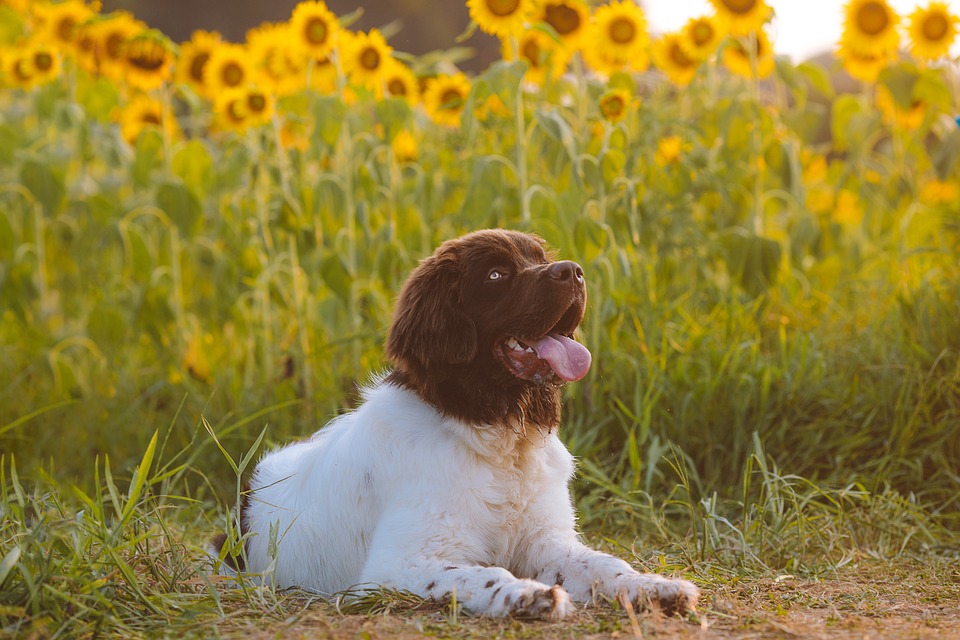Playtime is an essential part of a dog’s life, providing physical exercise, mental stimulation, and an opportunity for bonding with their human companions. However, it’s important to establish a dog-friendly playtime routine that ensures both fun and safety for your furry friend. In this article, we will explore the key elements of a well-rounded playtime routine and answer some frequently asked questions about dog behavior.
Understanding the Importance of Playtime for Dogs
Playtime offers numerous benefits for dogs. It provides physical exercise, which helps maintain a healthy weight and prevents obesity-related health issues. Regular play also promotes mental stimulation, keeping your dog’s mind sharp and engaged. Additionally, playtime is an excellent way to strengthen the bond between you and your dog, fostering trust and companionship.
Choosing the Right Playtime Activities
When selecting activities for your dog, it’s important to consider their age, breed, and energy level. High-energy breeds may require more vigorous activities, such as fetch or agility training, while smaller or less active dogs may prefer puzzle toys or interactive games. Incorporating obedience training into playtime can also be beneficial, as it reinforces commands and improves your dog’s behavior.
Establishing a Consistent Playtime Schedule
Consistency is key when it comes to playtime. Determine the optimal duration and frequency of play sessions based on your dog’s needs and energy level. Balance indoor and outdoor playtime to provide variety and mental stimulation. Make sure to incorporate playtime into your dog’s daily routine, as this helps establish a sense of structure and predictability.
Creating a Safe Environment for Play
Before starting playtime, it’s essential to dog-proof your home and yard. Remove any hazardous objects, secure loose wires or cords, and check for potential escape routes. Always supervise play to ensure the safety of your dog and others. Watch for signs of overexertion or discomfort, such as excessive panting or limping, and take breaks when necessary.
Socializing Your Dog Through Playtime
Socialization is crucial for dogs to develop good behavior around other dogs and humans. Supervised playtime with other dogs provides an opportunity for socialization. Introduce your dog to new playmates gradually and safely, starting with calm and friendly dogs. Monitor their interactions closely and address any signs of aggression or fear. Recognize healthy play behaviors, such as loose and relaxed body language, and intervene if play becomes too rough.
FAQs: Frequently Asked Questions about Dog Behavior during Playtime
Q1: My dog tends to become too rough during playtime. How can I encourage gentler play?
Teaching your dog bite inhibition and appropriate play behavior is important. Encourage gentler play by redirecting rough behavior to more suitable activities, such as playing with a toy or engaging in obedience training exercises. If the behavior persists, seek professional help from a qualified dog trainer or behaviorist.
Q2: Are there any playtime activities that can help with my dog’s separation anxiety?
Interactive toys and treat-dispensing puzzles can help keep your dog engaged and mentally stimulated during alone time. Incorporating scent games, where you hide treats or toys for your dog to find, can also provide comfort and distraction. Gradually desensitize your dog to alone time by starting with short play sessions and gradually increasing the duration.
Q3: My dog gets easily distracted during playtime. How can I maintain their focus?
Use high-value treats or rewards to keep your dog engaged during playtime. Incorporate obedience training exercises into playtime to improve focus and responsiveness. Minimize distractions in the environment until your dog becomes more adept at focusing.
Q4: Is it okay to allow my dog to play with toys unsupervised?
Allowing your dog to play with toys unsupervised depends on the safety of the toys. Choose toys that are durable and free from small parts that could be swallowed. Regularly inspect toys for wear and tear, and replace them when necessary. Rotating toys can also help maintain your dog’s interest and prevent boredom.
Remember, every dog is unique, so it’s crucial to tailor your playtime routine to suit your dog’s individual needs and preferences. By providing stimulating and safe play opportunities, you’ll not only keep your dog physically and mentally healthy but also strengthen the bond you share. Enjoy exploring the wonderful world of play with your furry companion!
Disclaimer: This article is for informational purposes only and should not replace professional guidance. If you have concerns about your dog’s behavior or well-being, consult with a qualified veterinarian or dog behaviorist.









